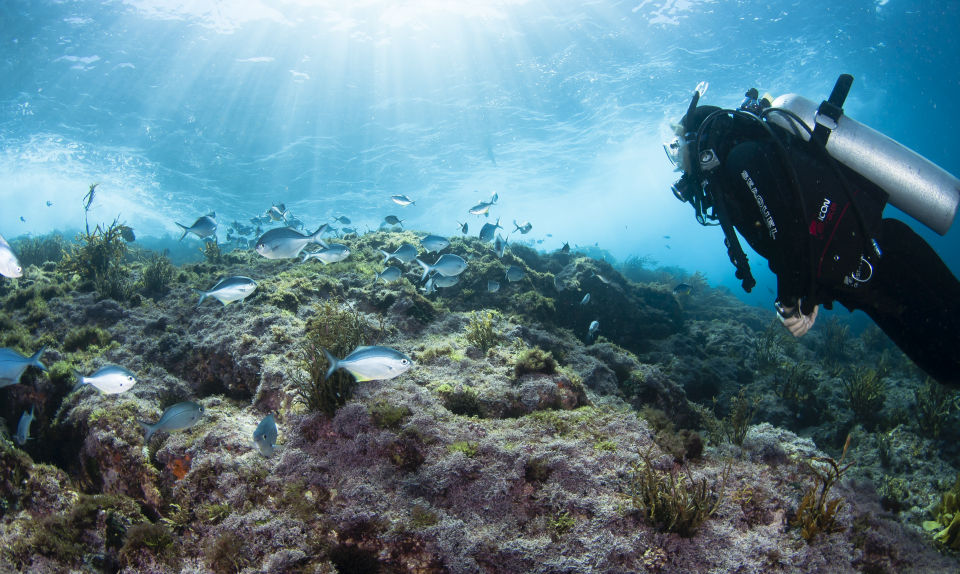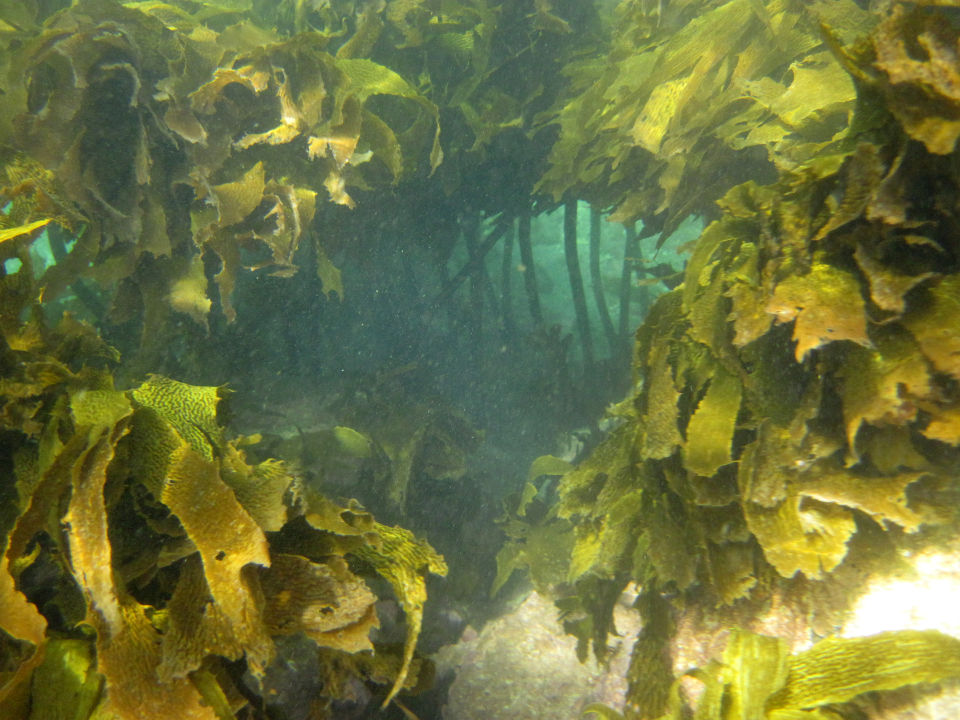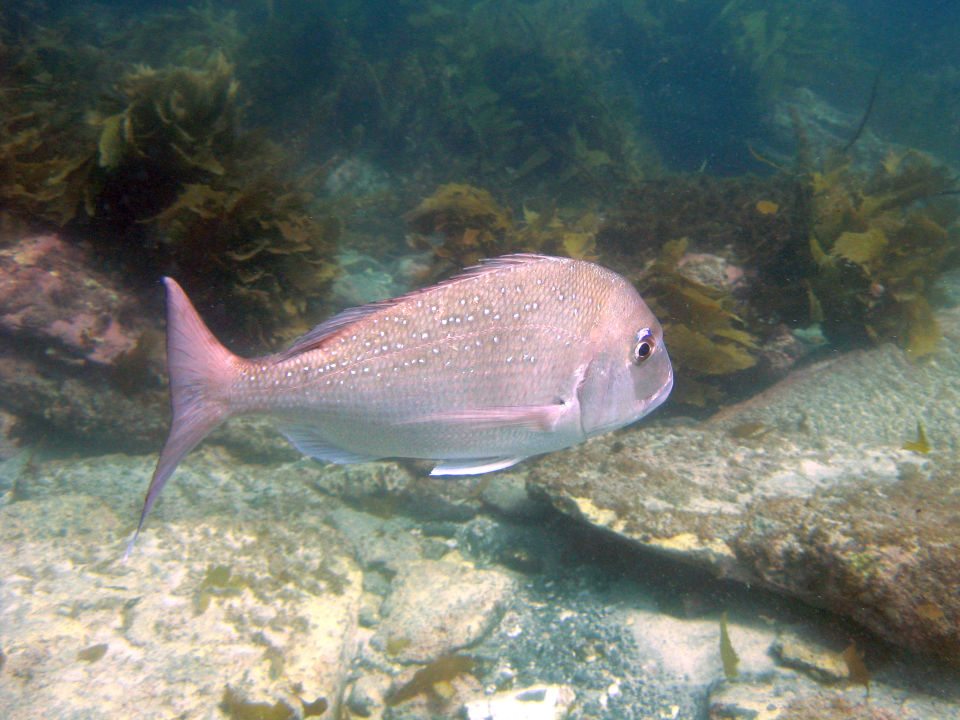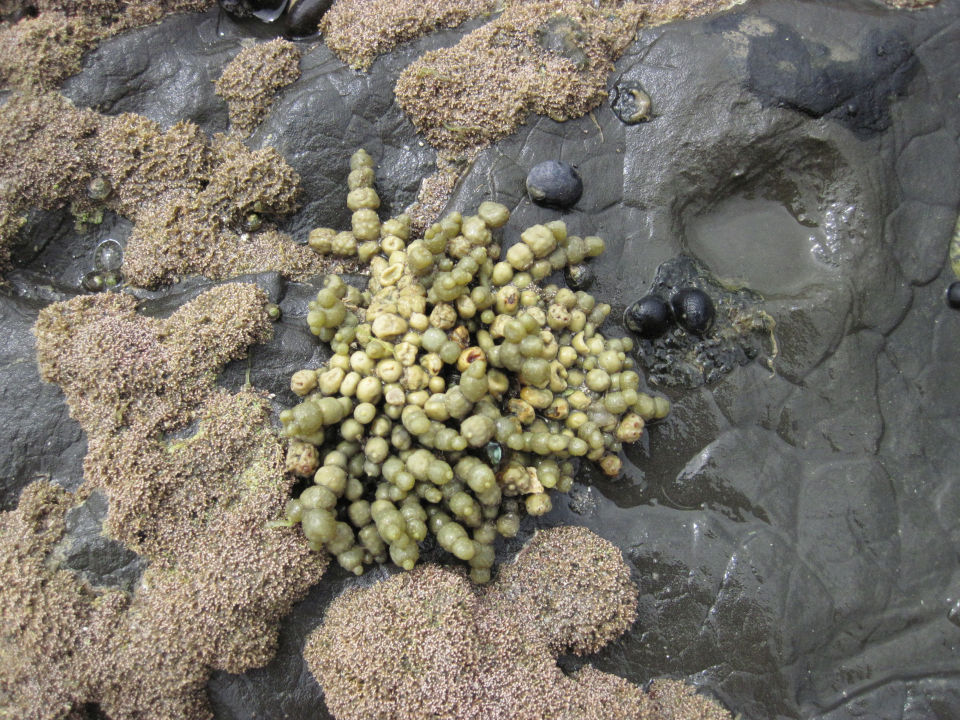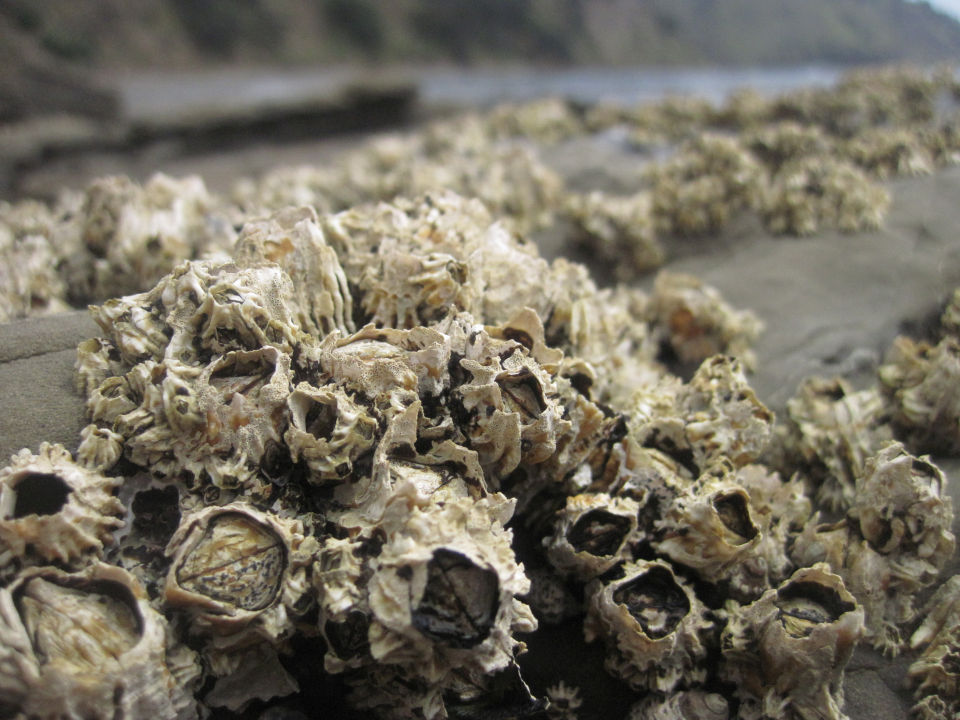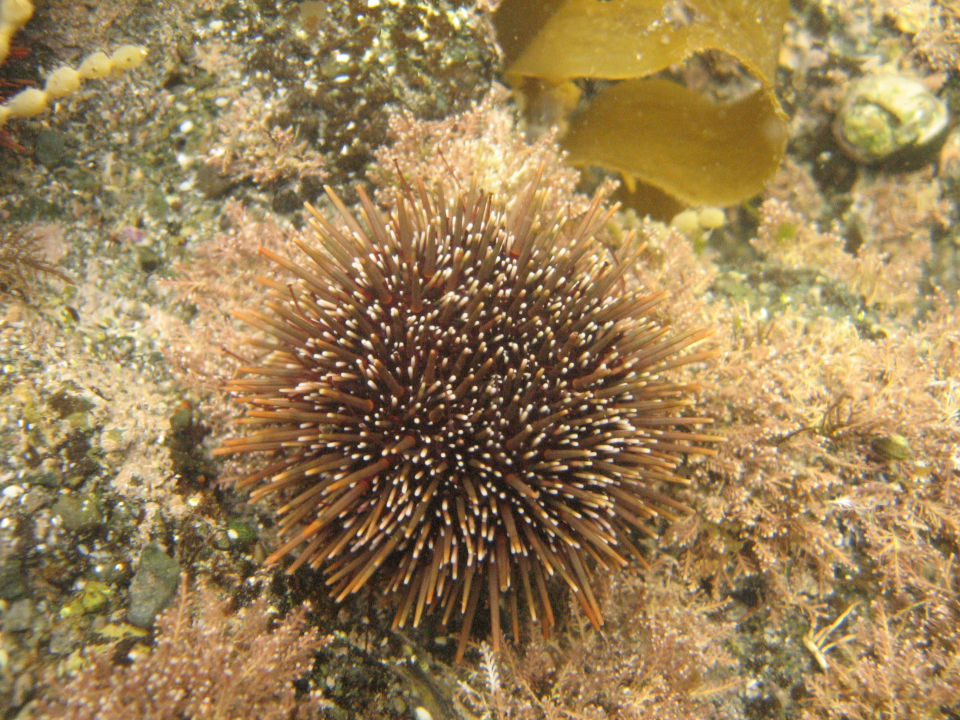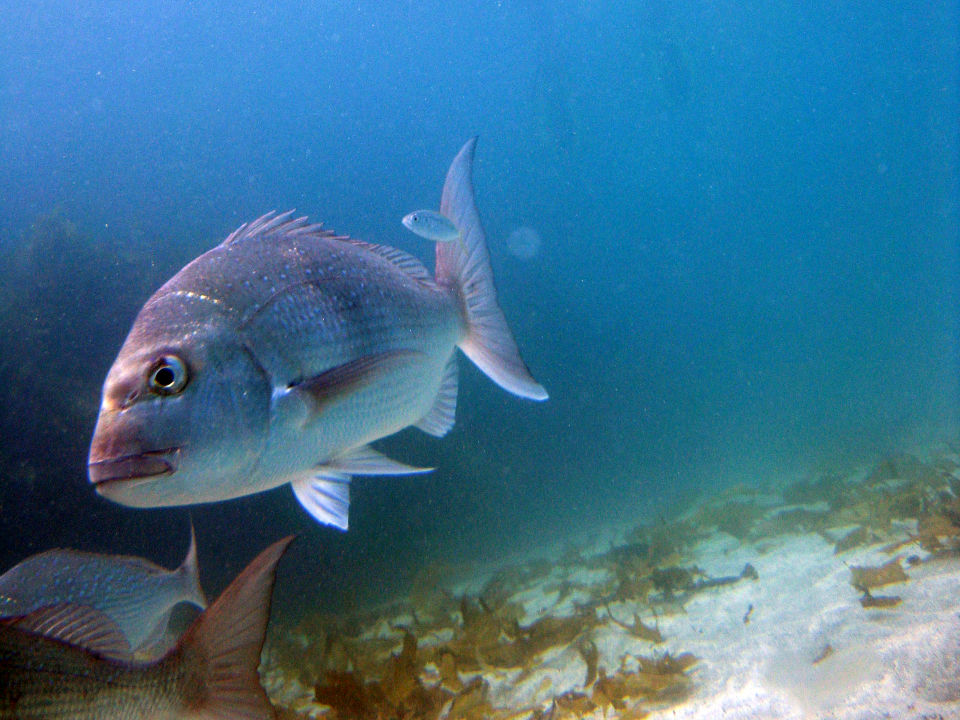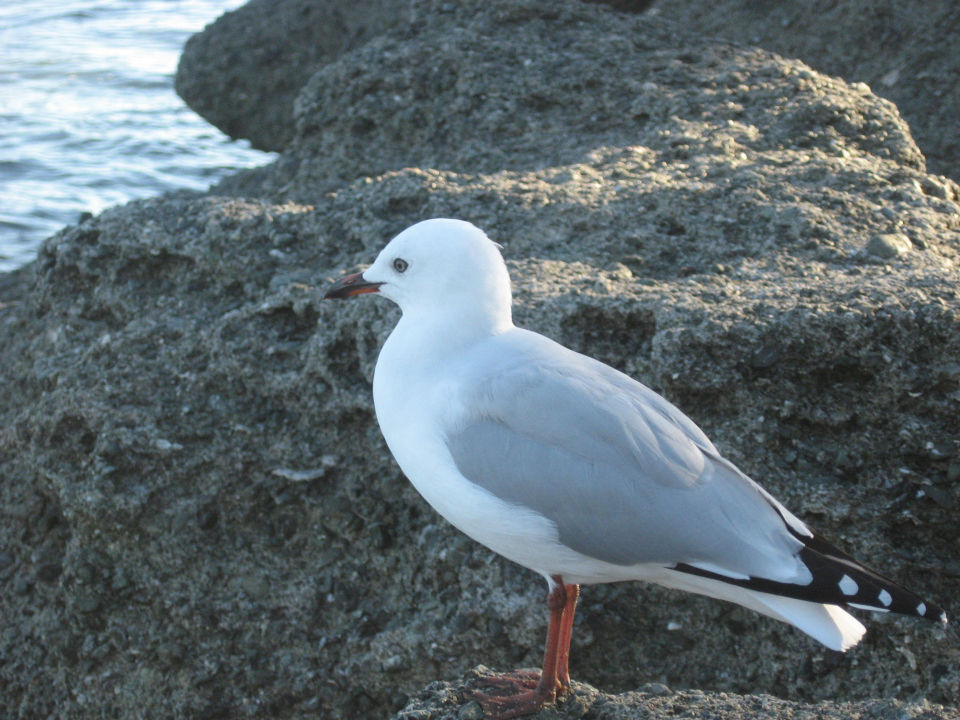What is a marine ecosystem?
An ecosystem is a group of living things which interact with each other and the environment.
A marine ecosystem is all the living and non-living things in an ocean environment interacting with each other and the physical world. The living things in the ecosystem interact through behaviours such as feeding and moving.
The transfer of energy
Producers such as seaweeds capture energy from the sun. This energy passes through the food chain. There is some lost energy in the process.
What are producers and consumers?
Coastal plants, seaweeds and phytoplankton produce their own food using the sun’s energy: they are producers. Animals need to consume food to survive: they are consumers. Plants and animals connect through the ways they gain energy and feed.
- Producer - A living thing that can make its own food using the sun’s energy and a process called photosynthesis, e.g. bull kelp, seagrass.
- Consumer - A living thing that eats other living things to survive. Some eat plants (herbivores), some eat other animals (carnivores), and others will eat both (omnivores).
Types of producers
Neptune’s necklace - Neptune’s necklace is a seaweed that makes its own food using the sun’s energy in a process called photosynthesis.
Phytoplankton - The major primary producers in the marine ecosystem. Phytoplankton harvest sunlight through photosynthesis and store it as chemical energy.
Types of consumers
Filter feeder - A type of consumer that filters water to get tiny living things (such as plankton) to eat, e.g. barnacles.
Grazer - A type of herbivore that scrapes plant matter and other small living things from the rocks to eat, e.g. kina.
Browser - A type of herbivore that eats some producers, such as seaweeds, e.g. butterfish.
Predator - A type of carnivore or omnivore that hunts to find food and eats other consumers, e.g. snapper.
Scavenger - A type of consumer that feeds on the dead remains of living things, e.g. mud whelk.
Decomposer - Decomposers feed on waste from living things and break down their dead remains. This returns nutrients back into the ecosystem. E.g. fungi, bacteria and some invertebrates.
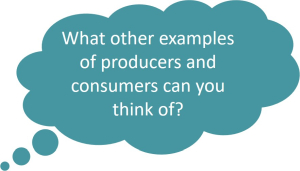
What is a food chain?
A food chain shows the flow of energy in what living things eat. A food chain always starts with a producer and then shows the consumer. The consumer is usually a herbivore species that eats the producer. The carnivore species then eats that herbivore species, and so on until you reach the top predator. No other species will eat a top predator.
Example of a marine food chain in the subtidal zone:

What is a food web?
A food web is a more complex diagram showing the feeding relationships of living things in a habitat. Many interlinked food chains make up a food web.
Example of a rocky shore/reef habitat food web:
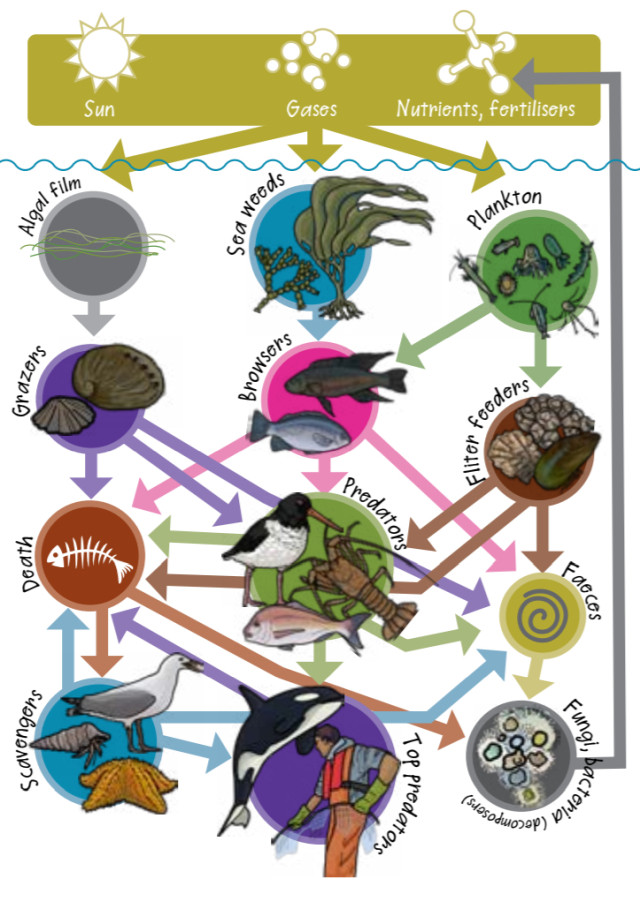
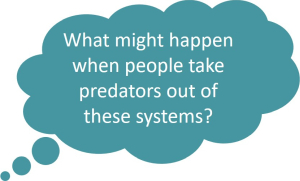
Is feeding the only way living things interact in an ecosystem?
Living things interact in a variety of ways in ecosystems. For example, they compete for resources like light and space. Some animals may use other animals for habitat or share their habitat with other living things. Animals may have special relationships. For example, some shrimp and pilot fish clean the teeth of larger fish and sharks. Both animals benefit from the relationship: the shark/fish gets clean teeth and the shrimp/pilot fish gets food.
Biodiversity in New Zealand’s marine reserves
Biodiversity is the variety of living things in an environment. New Zealand’s marine reserves are home to many species of fishes, sponges, sea stars, and seaweeds. The climate, geology, history, land-use and temperatures in a habitat affect which living things can live there.
How do living things survive in marine environments?
Marine biodiversity has special adaptations to cope with the environment. For example, they may have scales, webbed feet, shells or waterproof feathers. These adaptations suit their specific habitat. Their body systems are different from land animals. For example, they may have gills to breathe in the water.
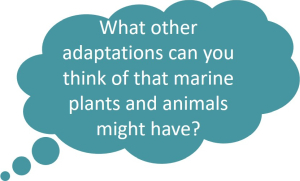
- Ready for a quiz? Try the Introducing Marine Ecosystems activity.

